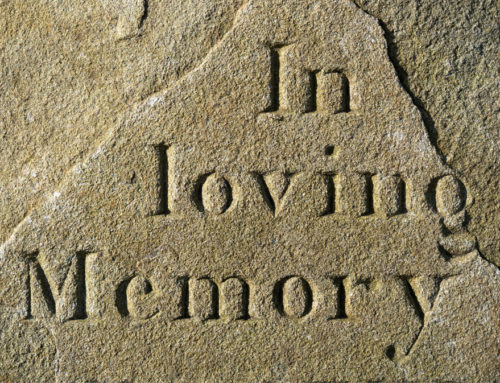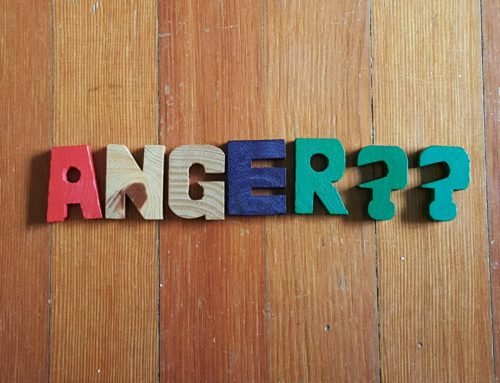The expression of anger is safe when it is done with permission and clear, loving intention. That’s less of a paradox than it sounds. Anger is valid and necessary and full of information; but you have to be present to it as it manifests for you in order to learn its lessons. And it’s never ok to launch on others.
In many cases the responsible thing to do when triggered in personal relationships is to notice, remove oneself if possible by stating what is happening for you, and agreeing to return after a specific time. And so you go ‘clean it up,’ meaning vent it safely with full expression and clear intent to discover yourself and to consider yourself and others equally. Your body is giving you vital information for you to resolve: it wants to move that energy, to put motion to the emotion. Safe ways to do so include:
- Find a private place and yell into a pillow,
- Take a whack at a punching dummy,
- Yell your head off in the car, really let go with full expression
And be ready to work through the above process to get to the heart of the matter. The wonderful thing is that full expression can create a clearing, an opening in our bodies for something new to enter; the pressure gets released, and new information can take hold.
And if you’ve had a conflict in a relationship you can return to the scene in the knowledge of the real reason for the upset. When you share from this vulnerable place you create an opportunity for new possibilities for intimacy: this will almost certainly feel new and uncomfortable, yet in this vulnerability new meanings and deeper connections may be born.
A therapist can help you ‘do’ anger safely, which usually implies learning how to be present to it and responsible for it in the moment. It takes supervision and practice, and practice. And practice. The process to rewiring old neural pathways takes time. And yes I believe that continued practice of emotional responsibility is the essential transformative step to a more loving and compassionate world. So give a listen to your anger, that it may lead you to live with more passion and aliveness!
This article is the third part of a three-part series on anger.
Part 1: Anger — What Is It Good For?
Part 2: What is Driving Your Anger?







